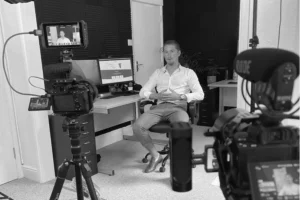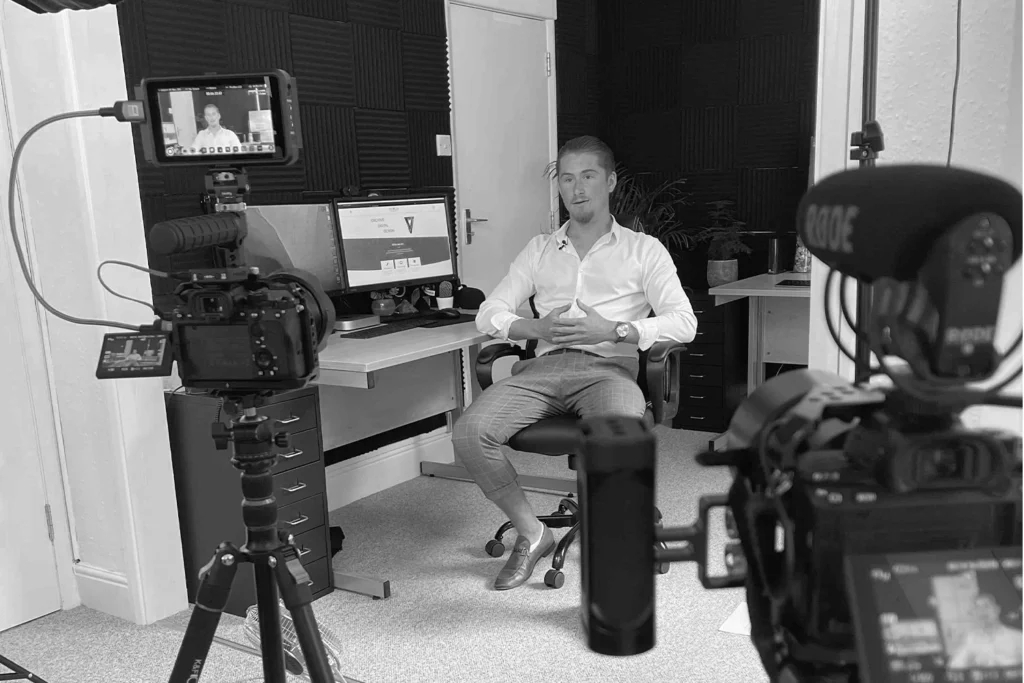- Improve your website speed by optimising images
- Improve your website speed by compressing CSS/JS files
- Compress HTML content
- Make sure you are using a CDN (Content Delivery Network)
- Reduce requests by having fewer large files
- Use image sprites on your website
- Remove render-blocking JavaScript and CSS in above-the-fold content
- Lazy load above-the-fold content
The speed at which your website loads can impact the success of your business, but many site owners don’t even know they have a problem. In fact, over 40% of users say they won’t return to a site after waiting more than three seconds, according to findings from Google’s PageSpeed Insights tool. Here is why your website is slow.
Make sure you don’t have these eight common issues that can cause slow speeds on your site and determine what changes you should make in order to boost your website speed and keep customers coming back again and again.
Improve your website speed by optimising images
Optimising images. Images make up a lot of the content on websites and are often the largest contributing factor to slow loading times, so it’s important that they are optimised for online viewing. There are a number of tools available which will compress your photos down without losing quality, including TinyPNG, Image Optimizer and Optimizilla.
Eliminating Flash animation and video. Flash can be very useful when it comes to creating animations or videos with complex graphics, but not everyone has a plugin installed in their browser that will display this content (plus there is always the risk of compatibility issues). Try using HTML5 or JavaScript instead if you want visitors to be able to watch your content without any extra hassle.
Improve your website speed by compressing CSS/JS files
There are many reasons why your website speed may be slow. Here are a few common reasons and ways you can fix them.
– Compressing CSS/JS files: One of the easiest and most effective ways to improve your website’s loading time is compressing CSS/JS files by removing unnecessary characters and by reducing their size. CSS and JS files can be compressed with a program like YUI Compressor or Google Closure Compiler.
– Reducing HTTP requests: Another way you can improve your website’s loading time is by reducing the number of HTTP requests. This is achieved by combining multiple images into one file, using AJAX, etcetera.
Compress HTML content
One of the most frustrating problems is when your website is slow or crashes. You can often see this problem on sites that have a lot of content and images. One way to help reduce the size of your site’s files and make it load faster is by compressing HTML content.
There are several tools available for this, but I’ll outline the basics in this post. In order to compress your HTML content you need: Apache (with mod_deflate), PHP with Zlib enabled, mod_gzip (requires Apache), mod_mime (requires Apache), mod_env (requires Apache).
Make sure you are using a CDN (Content Delivery Network)
Website development is a lot of work, and it’s not always easy. There are many factors that can affect the speed of your website, but one of the most significant factors is the CDN. A CDN will help you streamline your website speed and deliver content faster.
To find out more about how a CDN can help you, read on! One way a CDN works is by delivering static content from one location or server and then passing it off to another server closer to the user. It’s all about distributing servers so they’re closer to where people are using them.
A CDN will also save bandwidth for both you and your visitors by only serving static files as opposed to images or videos. Ultimately, when everything goes smoothly with the website development process, this means everything should be running smoothly on its own with no need for assistance – making everything easier for everyone involved in the process
Reduce requests by having fewer large files
One of the simplest ways to make your website faster is by reducing requests for files. Fewer large files will mean fewer requests, which will make your site faster. Reduce the number of large files you’re loading onto a page by splitting them up into smaller sections and linking them instead of having a single large file that requires more work from the server. This way, pages load faster because there are less requests for resources when people visit your site.
Use image sprites on your website
There are a lot of things that can slow down your site. One of the reasons why your website may be running slowly is Image Sprites;
1)Images – Image sprites are a great way to reduce the number of server requests for images on your site, which means less loading time for everyone browsing it. An image sprite is an image with all the icons or images used in your website design stacked together into one large file so that you only need to load one file instead of many individual ones.
2) Browser Caching – Browser caching saves information from websites in a computer’s hard drive so that it doesn’t have to access the website again from the Internet each time someone visits.
3) Page Compression – Gzip is a compression algorithm used by web servers in response headers (HTTP response headers).
4) W3 Total Cache Plugin – W3 Total Cache plugin allows administrators to use browser caching, page compression, and gzip functionality through WordPress administration screens.
Remove render-blocking JavaScript and CSS in above-the-fold content
In order for a website to display content, it must first load all the elements on the page. It does this by loading everything that’s in its own section of the webpage. The problem is that many websites will load a script or style element before it loads all of the content for that page. This can cause the page to take longer because it takes more time for each new section of the website to load before it can be displayed onscreen. To fix this issue, developers will typically block render-blocking scripts and styles with JavaScript or CSS comments so they don’t interfere with loading time.
Lazy load above-the-fold content
Lazy loading is a technique that loads content only when it becomes visible, as opposed to loading all of the content at once. This technique is mainly used on images, but can also be applied to large blocks of text. The idea behind lazy loading is that it minimizes the time and bandwidth required for downloading large amounts of content, which in turn makes your website faster. Another advantage of lazy loading is that it frees up more space on the screen by limiting how much is loaded. It’s not very effective if you want to use scrolling as a way of viewing content because people will end up scrolling past things without realising they’re there. But if you have most of your website design above the fold, then lazy loading could help increase your website’s speed considerably.





